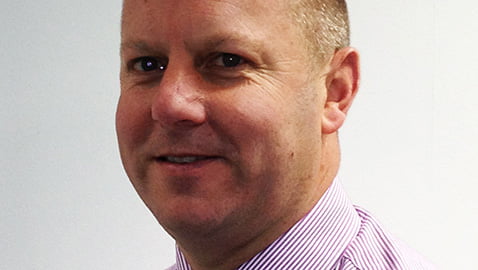
The first sign that a house of multiple occupancy (HMO) is a good investment opportunity is that an experienced HMO investor knows the location, the property type and the market that they want to be in. Shawbrook likes investors that know their market and have done their research.
Location, location, location
The savvy property investor will know whether a location has an attraction for their target market nearby, such as a train or commuter route or, alternatively, an institution like a university or hospital. If investors have discussed a possible property with their letting agents and have also looked at websites that match tenants with rooms, even better.
It is also crucial when looking at the location that an investor is aware whether it is saturated with existing HMOs or not. If it is, the local authority may have placed the postcode in an Article 4, which means no further HMOs are allowed without full planning permission. This can make a project a complete non-starter.
Identifying the market
The property type determines what factors an investor needs to consider, such as whether any planning permission will be needed for a project that adds value to a property. These projects could include adding further rooms to be let in the garage, loft space or putting stud walls into existing rooms to change the layout and potentially create extra rooms. The value of extra rooms and facilities depends on which market is being targeted. The choice of tenant market will determine the finish needed as needs vary greatly even between young professionals and students! It is a positive sign if an investor can call on the right professionals’ assistance in regards to the conversions such as experienced builders, architects and HMO letting agents.
With any property refurbishment, the investor always needs to have done their sums regarding the conversion costs, building in any contingencies for over runs. They also need to be sure of their reasons for doing this. The works done to turn a property into a small HMO are not always reflected in the value of the security and this can materially affect the amount they could raise when refinancing. They also need to have considered the expected rental income as a completed HMO and ensure this is sufficient to cover the costs of managing the property alongside covering the mortgage payments. Doing the sums will ensure the property is financially viable now and in the future.
Shawbrook’s role
If we see evidence that the clients have the experience of investing before, Shawbrook is then able to assist clients with HMO conversions through our Short Term Loan (STL) products. The funds can be made available to purchase the property and cover the cost of the works. An exit can be put in place and we will lend up to 70 percent of the current value with no exit or redemption penalties and a maximum term of 18 months.
We are keen to develop long-term relationships with investors so for an existing client we can offer a 0.25 percentage point discount of off either the annual rate or arrangement fee on their next refurbishment project or, alternatively, on converting the Shawbrook short-term loan to a term loan. In this case we will also consider uplifting the lending against the new investment value of the property.
At Shawbrook we are all about building relationships between the bank, the broker and investor to make sure the deal fits our criteria as well as the clients themselves. With the right client and right property we are then in a position to react fast and efficiently to achieve a successful HMO.
Pete Turner is regional development manager for Southern Counties, commercial mortgages, Shawbrook Bank